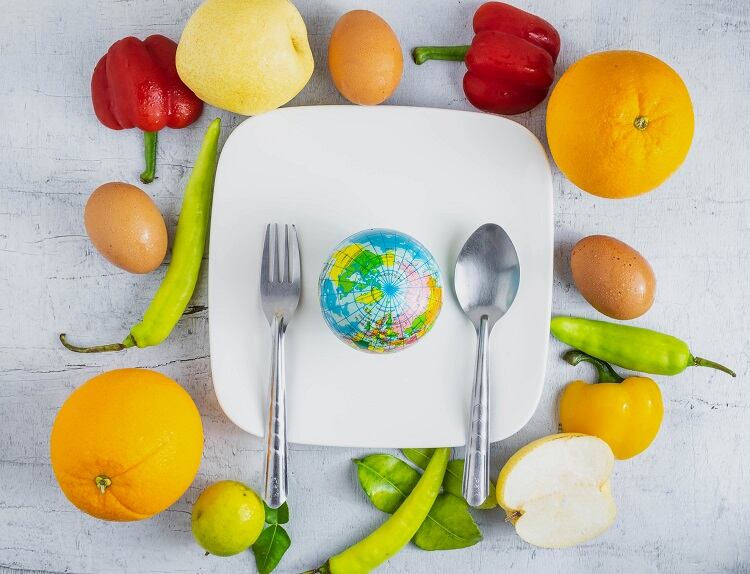A team of international researchers have attempted to better understand the dynamics of food systems and the consequences of their rapid ‘transformations’.
Looking at low, middle, and high-income countries, the researchers explored the interactions between the sustainability of food systems and a set of key drivers.
“At present, a lot of the attention is on our food system, and how unhealthy the current [model] is,” explained lead author Christophe Béné from the not-for-profit International Center for Tropical Agriculture (CIAT).
The Colombia-headquartered research and development organisation is dedicated to reducing poverty and hunger in developing countries.
“Our motivation was therefore to try to understand what drives this unsustainability, be it from a health perspective (e.g. obesity), from an environmental perspective (the impact of agriculture on the environment), as well as from a social perspective (e.g. inequality amongst the different actors of the food systems with many multi-billion dollar corporations driving the industry and many small-scale enterprises squeezed by the market),” he told FoodNavigator.
The findings
The researchers found that the main drivers at present are predominantly negative, and underpinned by the major demographic transitions characterising the world, such as urbanisation, population growth, and changes in lifestyle.
The exception is one economic driver: trade flows in merchandise and services. Yet according to the study, trade was found to be positive for food systems only up to a point. Beyond a certain level, the positive effects of trade was likely to plateau.
Study co-author and associate professor of global food & agriculture policy and ethics at the Johns Hopkins School of Advanced International Studies, Jessica Fanzo, lamented that such drivers, which have largely had a negative impact on food systems, are ‘very difficult’ to control.
"It would be very difficult to prevent people from migrating to cities or from embracing new lifestyles as their income rises," said Fanzo. "We need therefore to find very rapidly the way to reverse or mitigate the consequences of these trends."
The researchers agreed that further study is needed to identify a concrete policy and action road map that can help reversing those negative trends.
What can the food industry do?
For CIAT’s Béné, the food industry ‘obviously’ has a ‘central role’ to play in making today’s food system for sustainable.
“To put things bluntly, they are currently a huge part of the problem, but they could become a huge part of the solution.
“If I were a food manufacturer, I would anticipate what will happen in the next two decades and re-orientate my business to be prepared for it. In the coming two decades, governments in both high and lower income countries, will progressively impose more restricting regulations, taxes and laws banning unhealthy foods, and put more and more barriers and restrictions on the production and commercialization of those – like it happened for the tobacco industry in the 1980s.”
Following this logic, producing or trading healthier foods will no longer be fueled by a desire to ‘be ahead of the curve’ to beat competitors, or simply to align with a brand’s internal CSR policy, but by necessity.
“The good thing is that even if this would still be driven by some egoistical principles (profit) as opposed to more altruist ones (e.g. acting for the health of people), this would still be a win-win for everyone, as consumers would be offered healthier food, and the big and smaller food companies would still be able to make some money,” Béné continued.
Indeed, some of the big corporations are already heading in that direction, the researcher told this publication, citing the likes of Nestlé, which in a number of categories he said is reorienting its strategy towards ‘healthy food’. Others, we were told, particularly in the fast food sector, are ‘still lagging behind’.
Source: PLOS ONE
‘Global drivers of food system (un)sustainability: A multi-country correlation analysis
Published 3 April 2020
DOI: https://doi.org/10.1371/journal.pone.0231071
Authors: Christoph Béné, Jessica Fanzo, Steven D. Prager, Harold A. Achicanoy, Brendan R. Mapes, Patricia Alvarez Toro, Camila Bonilla Cedrez





